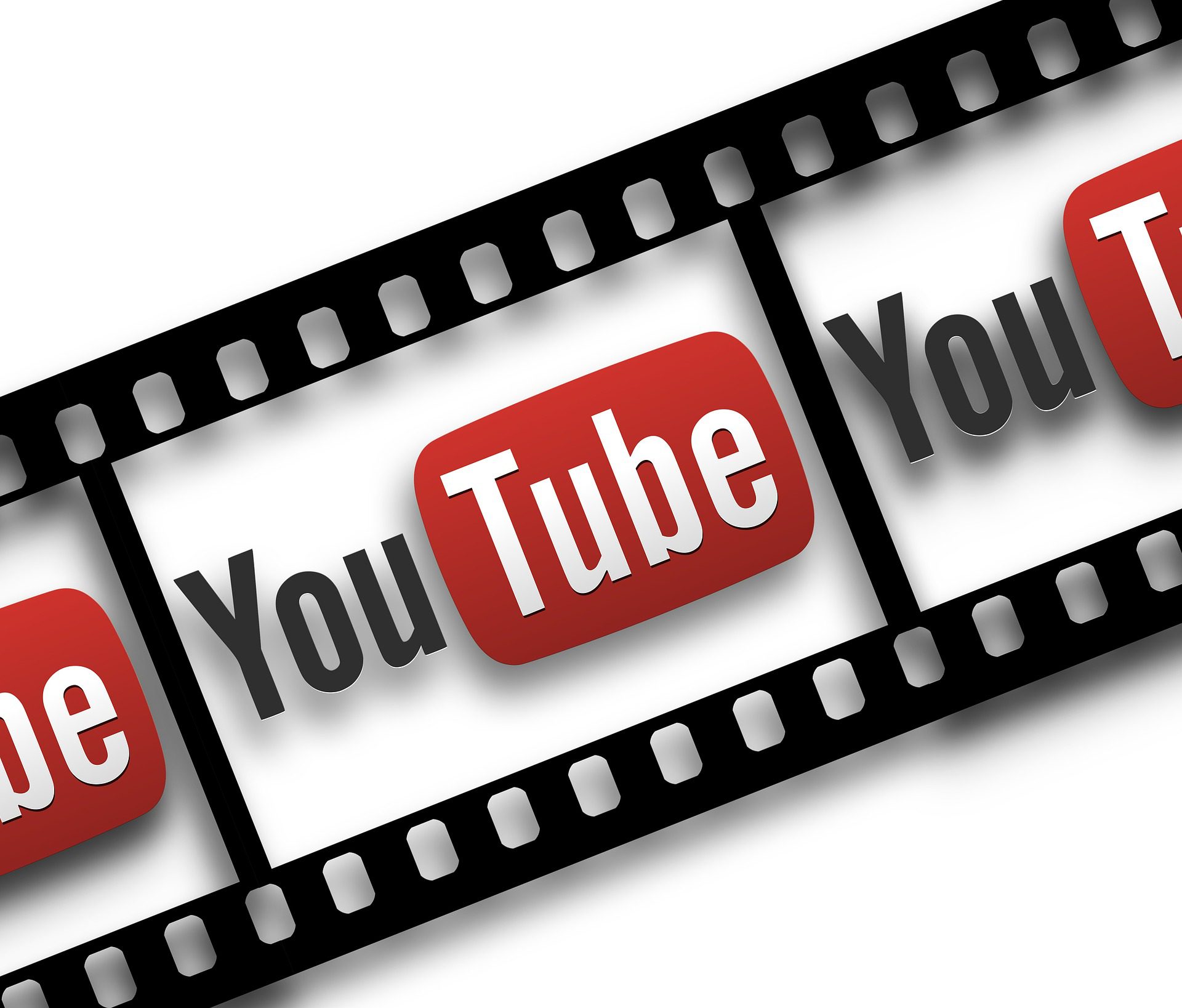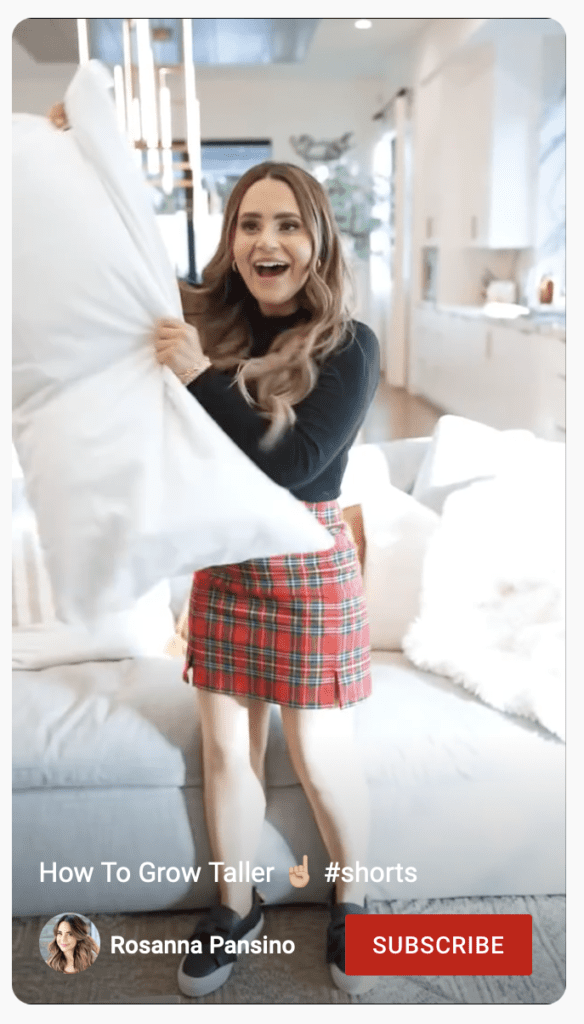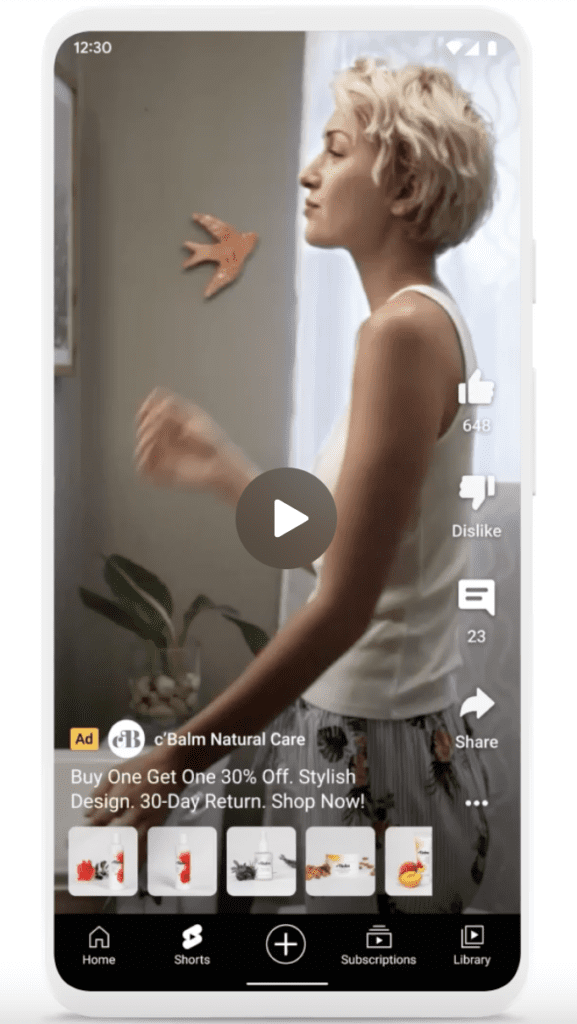During the past several weeks, the marketing world has been buzzing about streaming companies such as Disney+ and Netflix embracing advertising. And this conversation is more than justified. Both businesses offer advertisers a tremendous inventory for creating highly relevant advertising content to a global streaming audience that continues to grow based on industry research. As we mentioned recently in a blog post, although we don’t yet know what kinds of ad units Disney+ and Netflix will offer, they can certainly draw upon plenty of examples. One of them is YouTube.
YouTube Advertising
YouTube has offered ad units for years. And although the growth of YouTube’s ad revenues has not delivered on analysts’ expectations lately, the app remains an important part of Google’s growth. YouTube’s worldwide advertising revenues amounted to $6.9 billion in the first quarter of 2022, representing a 14 percent year-over-year increase. YouTube is certainly threatened by the rise of TikTok, but the app is still a juggernaut, and one of the reasons for that is YouTube’s ability to offer a diversified slate of ad units.
The most casual users of YouTube are familiar with some of YouTube’s popular ad units such as skippable video ads (which allow viewers to skip ads after 5 seconds). Over the years, YouTube has built on this foundation of short-form ad units with new products. For example, in 2019, YouTube unveiled a product called Bumper Machine, which makes it easier for businesses to create six-second video ads, or bumpers.
YouTube has also embraced connected TV with the Masthead ad format for TV. This allows brands to connect with consumers the instant users access the YouTube app on their televisions. The Masthead format is a response to the fact that while consumers aren’t watching as much linear TV, they are still using their televisions as a tool for experiencing streaming platforms like YouTube. In other words, YouTube understands viewing trends, and is staying nimble in its bid to connect with advertisers in an informed way.
At Google’s 2022 Marketing Live event, the company also rolled out more ad products. For example, Google is starting to offer ads in YouTube Shorts around the world after experimenting with ads in YouTube Shorts since 2021.
With YouTube Shorts, people can quickly and easily create short videos of up to 15 seconds, similar to how TikTok and Instagram Reels are used. The videos are created on mobile devices and viewed, in portrait orientation, on mobile devices. And once a person opens one Short, they get access to tons more of them (again, think TikTok or Reels playing one after another.) According to Google, YouTube Shorts now averages over 30 billion daily views (four times as many as a year ago).
Shorts, much like TikTok, provides editing tools for people to create slick, high-concept content. And now brands can get in on the action because their Video action campaigns and App campaigns will automatically scale to YouTube Shorts.
Google said that later in 2022:
- Brands will also be able to connect their product feeds to their campaigns and to make their video ads on YouTube Shorts more shoppable.
- Google is developing a long-term YouTube Shorts monetization solution for our creators, which Google will discuss soon.
This all sounds like a wise move on Google’s part. Google needs YouTube Shorts to succeed to thwart TikTok. And making Shorts ads shoppable capitalizes on the social commerce boom.
Moreover, the rise of the creator economy has generated a new segment of influencer creators. As I blogged in January, the creator economy will become even more powerful. That’s because collaboration networks are proliferating. These networks give creators an all-in-one platform to create communities and build influence. In addition, gaming sites such as Roblox and Twitch offer creators opportunities to monetize their work with potential partnerships with brands, and crypto currency sites such as Rally.io make it possible for creators to mint their own currency. The big social networks such as Meta are responding by making themselves more attractive to creators. YouTube wants to monetize this activity and not lose out to its rivals.
What Advertisers Should Do
It’s important that advertisers say abreast of these developments, and if you work with an agency partner, collaborate with them closely on a way forward. (This is what our clients do with True Interactive.)
Not every video ad unit may be relevant to you. Assess the video ad units proliferating – whether from YouTube, TikTok, Instagram, and other apps – against your audience and business objectives. And think of them strategically. For instance, recently, one of our clients experienced a challenge: its share of branded search was dropping. The client, a photo curating and sharing company, naturally wanted to improve. So, we launched a video-based awareness campaign that spanned display, YouTube, Google Display Network, connected TV, Yahoo Online Video, Facebook, and Yahoo Display. Our focus: mobile and connected TV. We also ensured that YouTube ads could target connected TV screens.
As a result, our client enjoyed significant improvements in both awareness and also revenue – showing how powerful video can be as a direct-response format in addition to brand awareness. Read more about this case study here.
Contact True Interactive
We deliver results for clients across all ad formats, including video and mobile. To learn how we can help you, contact us.


